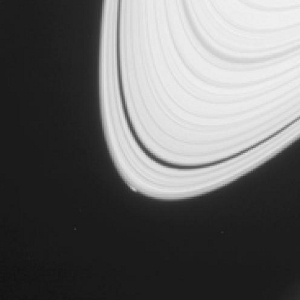This is why NASA rocks:
NASA’s Lunar Reconnaissance Orbiter (LRO) has provided researchers strong evidence the moon’s volcanic activity slowed gradually instead of stopping abruptly a billion years ago.
Scores of distinctive rock deposits observed by LRO are estimated to be less than 100 million years old. This time period corresponds to Earth’s Cretaceous period, the heyday of dinosaurs. Some areas may be less than 50 million years old. Details of the study are published online in Sunday’s edition of Nature Geoscience.
“This finding is the kind of science that is literally going to make geologists rewrite the textbooks about the moon,” said John Keller, LRO project scientist at NASA’s Goddard Space Flight Center in Greenbelt, Maryland.
 Science as a career is, to a certain degree, a form of job security. That is, while one might argue the idea of job security through perpetuation of the problem in certain political argumentation, the reality is that you don’t need to do that with science. That is to say, when you make a scientific discovery, you also raise a million new questions for scientists to answer.
Science as a career is, to a certain degree, a form of job security. That is, while one might argue the idea of job security through perpetuation of the problem in certain political argumentation, the reality is that you don’t need to do that with science. That is to say, when you make a scientific discovery, you also raise a million new questions for scientists to answer.
No, really. Did you hear about the time all of five years ago that scientists at Oregon State University accidentally created a new shade of blue?
____________________
NASA. “Release 14-284: NASA Mission Finds Widespread Evidence of Young Lunar Volcanism”. NASA.gov. 12 October 2014.
Chang, Kenneth. “By Happy Accident, Chemists Produce a New Blue”. The New York Times. 23 November 2009.












